The Lost Threads Collective.
A story of identity, culture and history. Rooted in tradition, made with fabric waste.
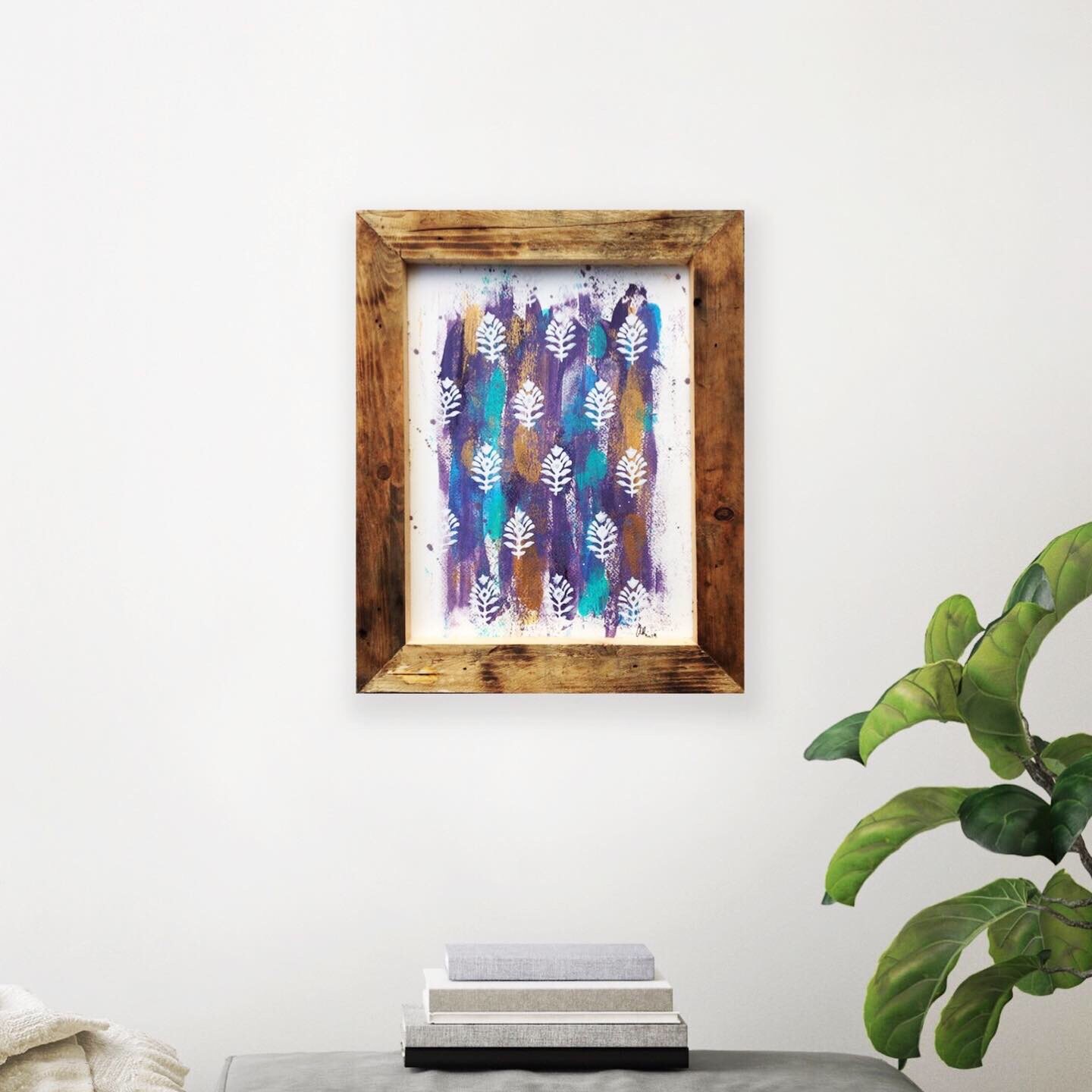
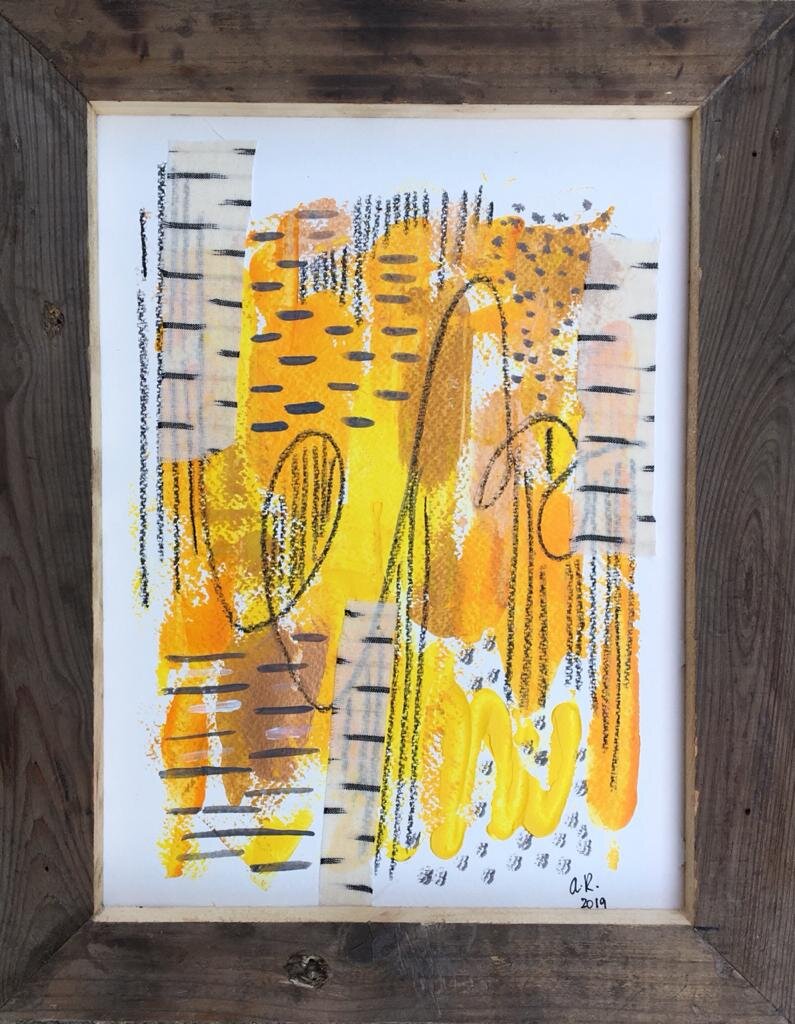

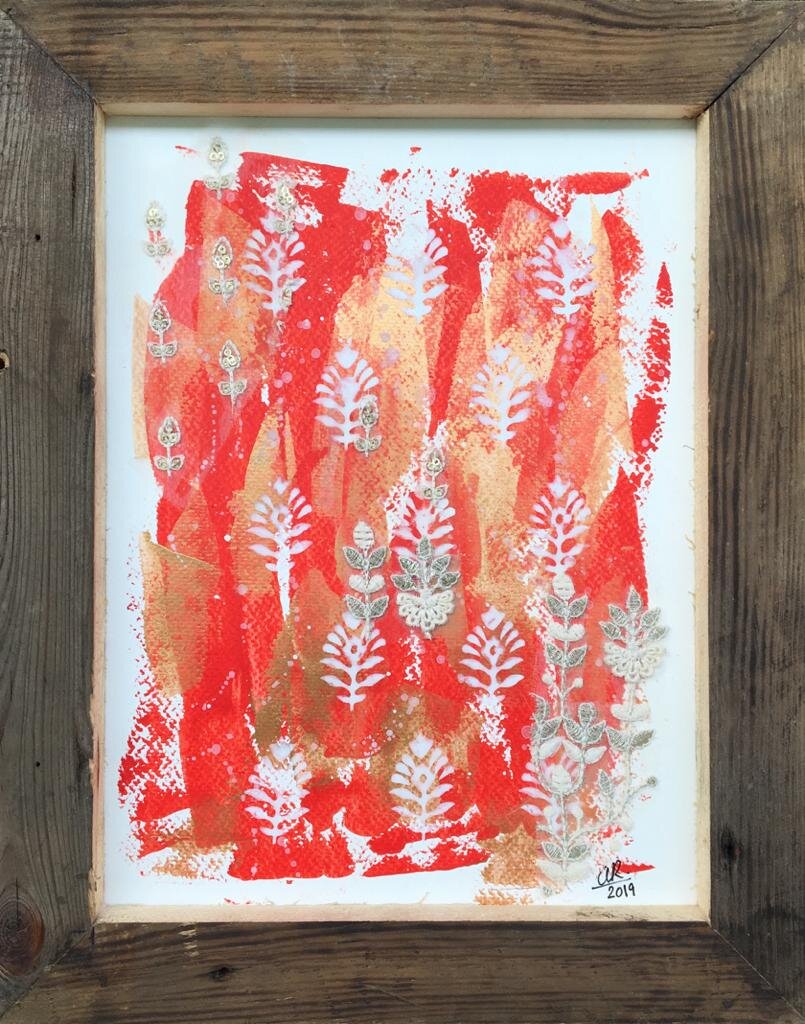

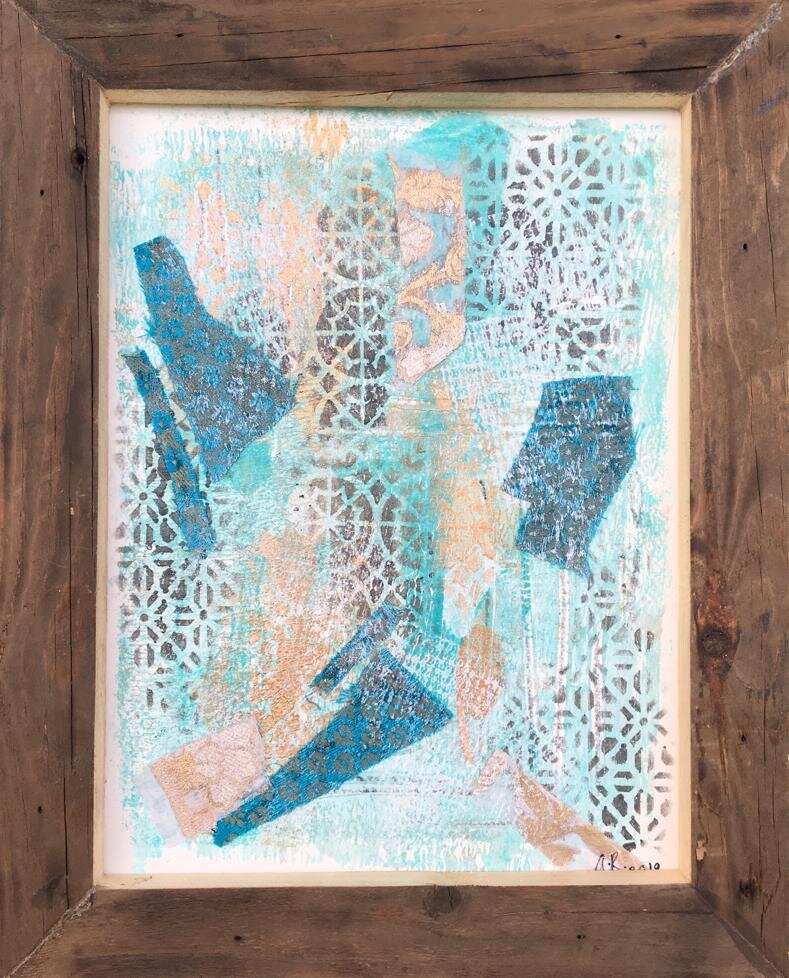
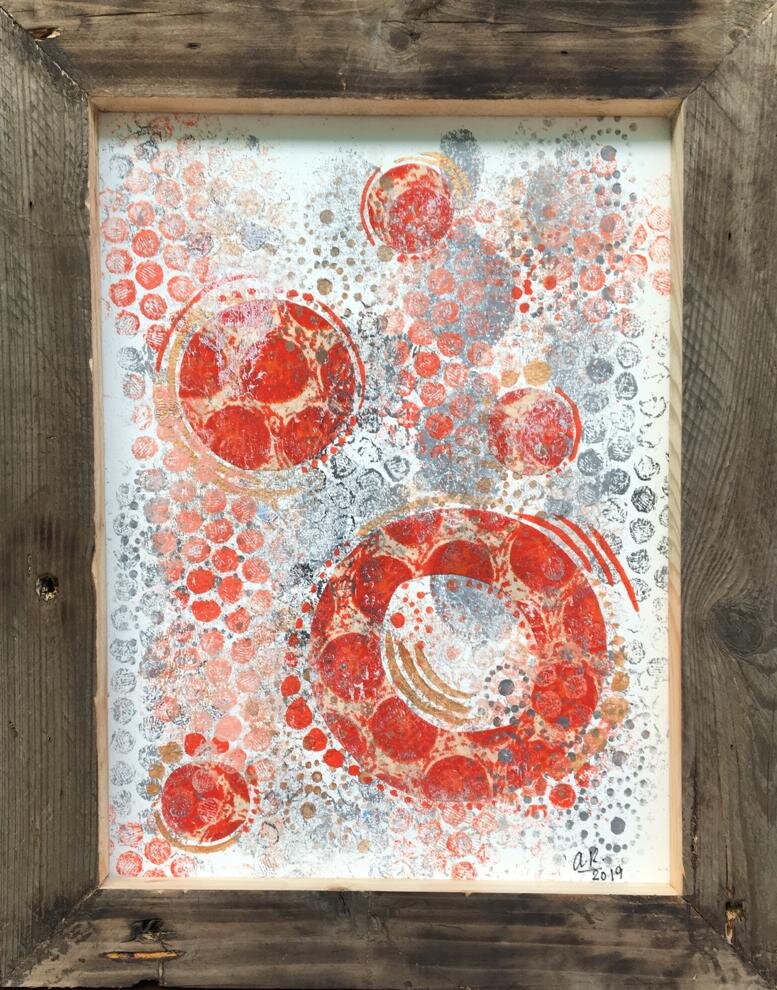






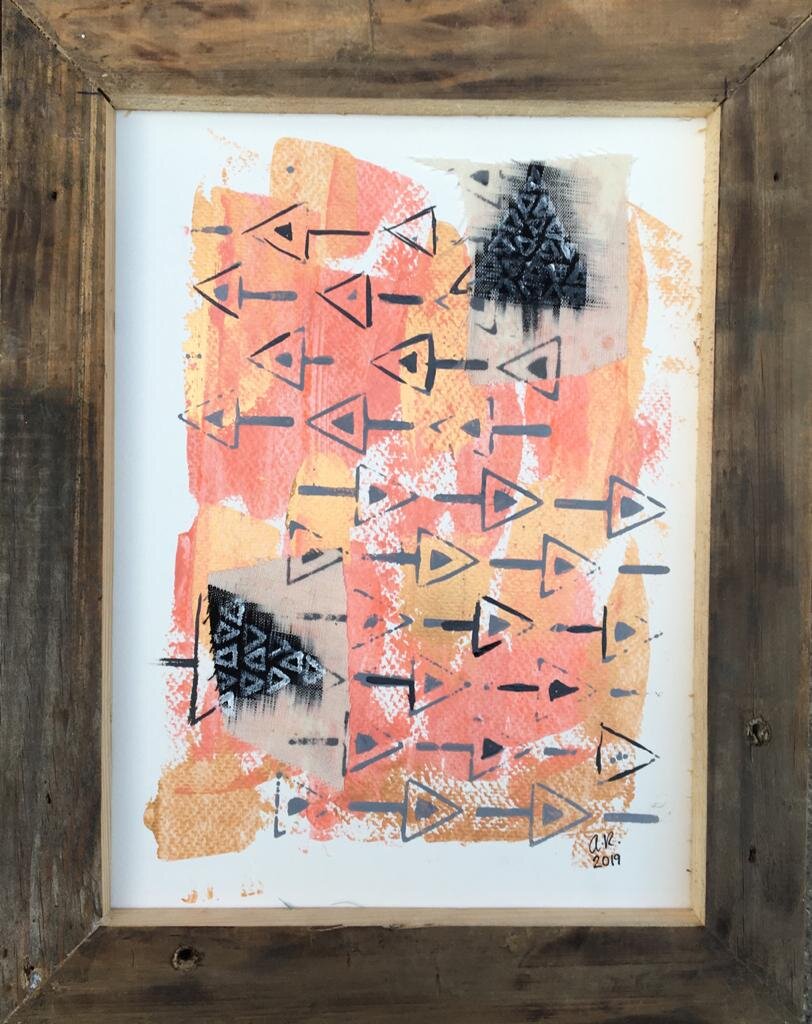

Florals.
Stare long enough and they will take you where you want to go.

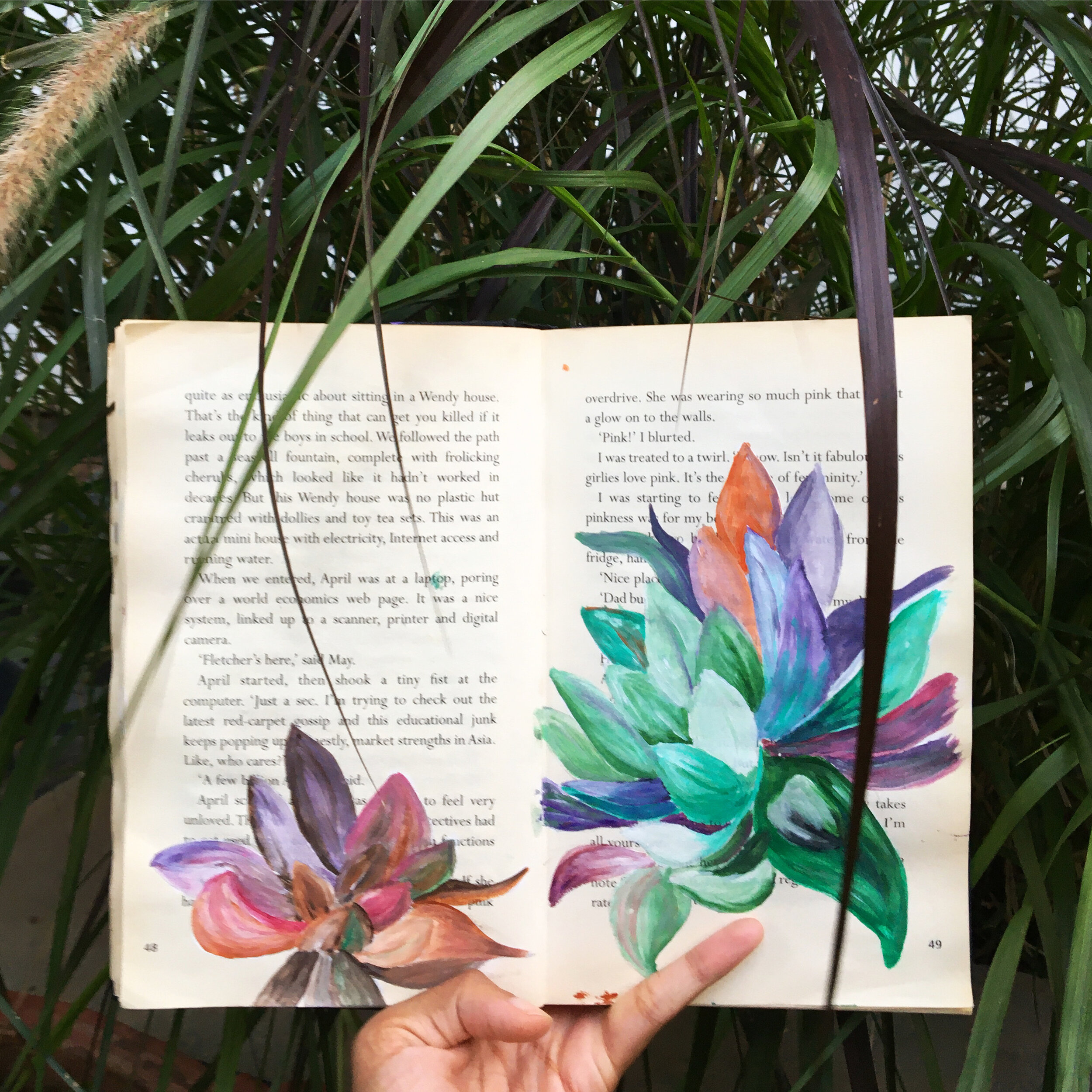





Installations
Engaging the domains of textiles and art.
Fluid Boundaries
In most of her artwork, Aneesha engages the domains of textiles and art, traversing the fluid boundaries to use paints and fabrics interchangeably. Through her choice of material, fabric scraps, she depicts the subtle beauty and intricacy that these small wisps of textiles lend to art.
This installation, on a much larger scale, is an extension of this feature in the artwork. It opens a dialogue about reusing and upcycling fabric waste for the sublime patterns and colors they possess, and the history of hard work that goes into creating them. She encourages others to find ways they can reuse and upcycle fabric or clothes for various purposes.
Bringing in her own tradition, Aneesha inserts herself into this dialogue of contemporary concern by using old saris passed down from her mother and grandmother to create this installation.
Challenging conventional views of fabric
Aneesha believes that textiles are an important source of identity to tell heartening stories of our history & ancestors. Gradually, she started to realize that the narrative of textiles could extend beyond the body.
Fabric didn’t always have to be worn; It could be hung on walls. Block prints didn’t always have to be created on cloth; They could be on canvases.
Textiles are inextricably linked to Indian traditions. And so, through this installation, Aneesha explores the relationships between textiles and other centres of Indian culture, such as the home, through the alternative use of old saris. All the artwork displayed here today challenges conventional views and uses of fabric and explores use of fabric waste on various media.
This installation compels people to take another look at the way they engage with textiles, to think beyond the lines and to create rather than consume.


